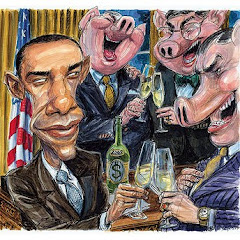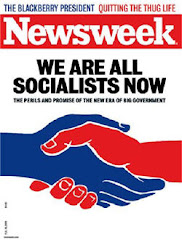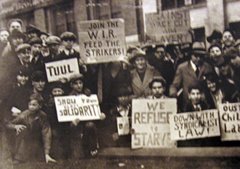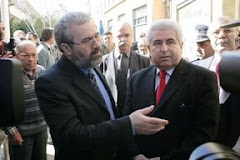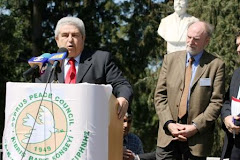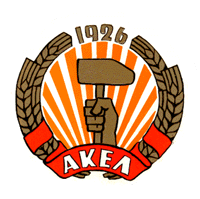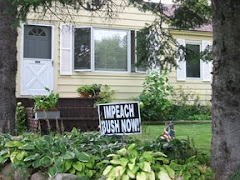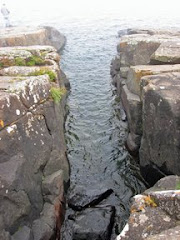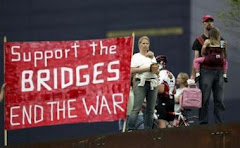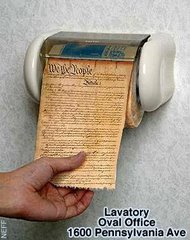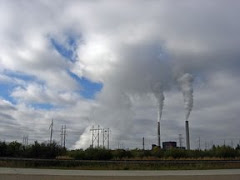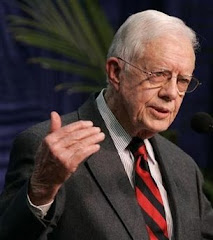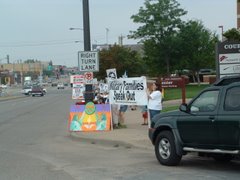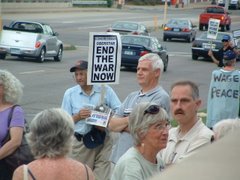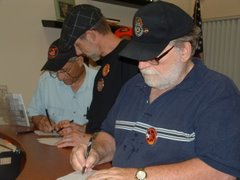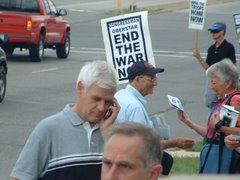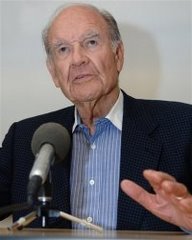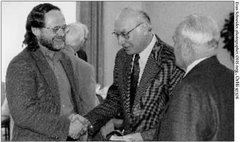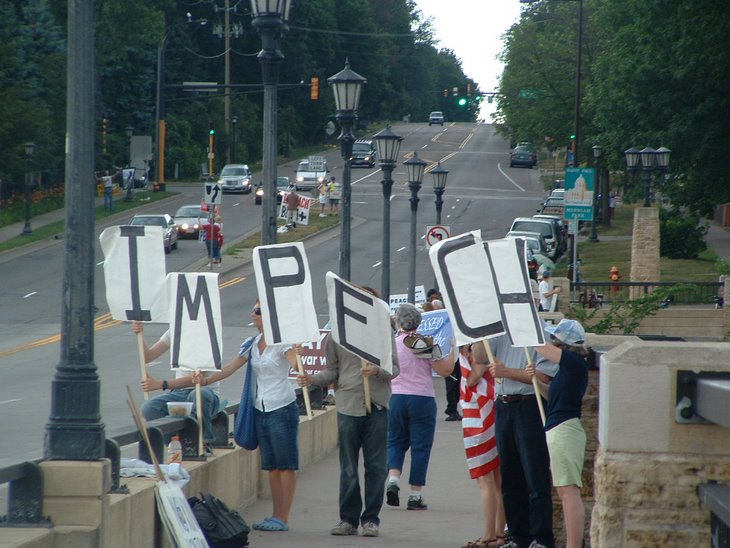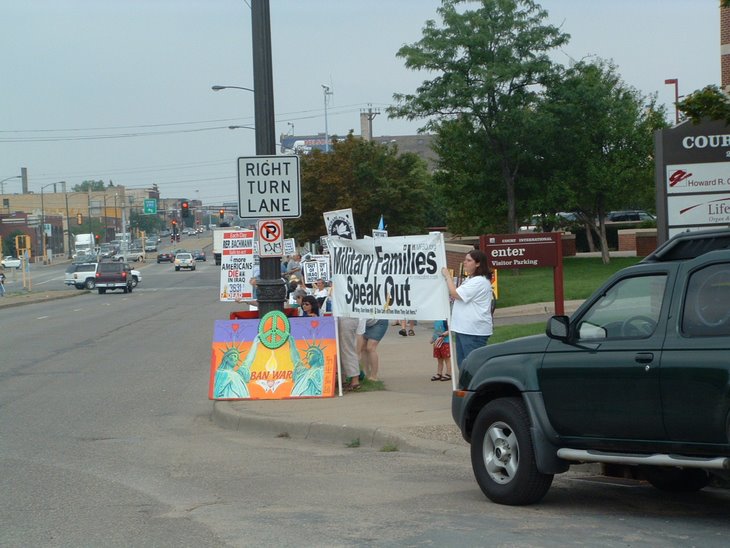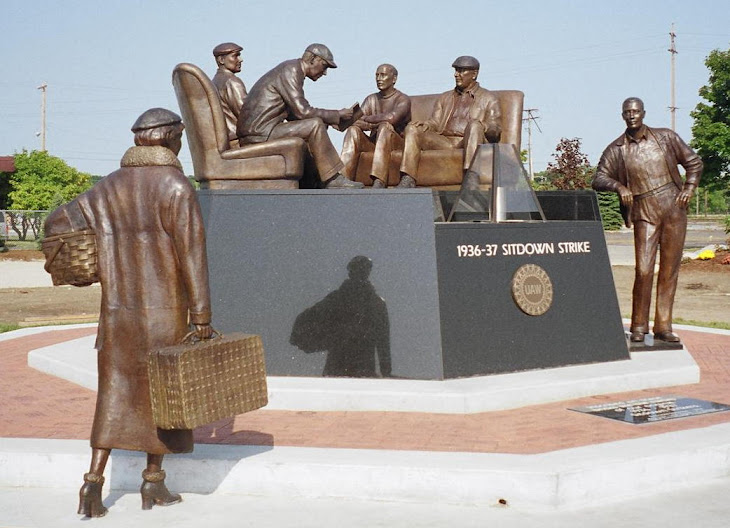The United States has a clear objective in Venezuela:
regime change and the restoration of democracy and the rule of law. Yet
sanctions, international diplomatic isolation, and internal pressure
have failed to deliver a breakthrough. Minds are turning to military
intervention. U.S. President Donald Trump has said that “all options are
on the table.” What if he means it?
There are two plausible ways the United States might use force in Venezuela:
a precision bombing campaign and a full-scale invasion. Either course
would have to be followed by efforts to stabilize the country and
establish a civilian government. That could take years, given the
country's size and military strength. Venezuela has a population of 33
million spread across a territory twice the size of Iraq. Its military
is 160,000 strong and paramilitaries,
colectivos (armed leftist
groups that support Maduro), and criminal gangs collectively have more
than 100,000 members. Even if a military intervention began well, U.S.
forces would likely find themselves bogged down in the messy work of
keeping the peace and rebuilding institutions for years to come.
For precision strikes to work, they would need to destroy the Maduro
regime’s military, security, and economic infrastructure. The aim would
be to eliminate the regime’s ability to repress the Venezuelan people
and to convince the military to abandon the government.
Precision
strikes are often portrayed as a quick, cheap, safe, and effective
alternative to a broader military intervention. But two U.S. precision
strike operations—in Libya, in 2011, and in Yugoslavia, in
1999—underscore their unpredictable nature and their limited ability to
shape political outcomes. In Libya, where the strikes lasted for seven
months, the intervention achieved its narrow objective—the collapse of
Muammar al-Qaddafi’s regime—but left the country in chaos. The
three-month bombing campaign in Yugoslavia was more successful: It
degraded the Yugoslav military’s ability to repress the population and
helped lead to the establishment of a UN-monitored political framework,
although that was a more limited goal than regime change.
A precision military intervention in Venezuela would require operations
in the air, at sea, and in cyberspace. The U.S. Navy would need to
station an aircraft carrier off the coast of Venezuela to enforce a
no-fly zone and hit military targets and crucial infrastructure. The
navy would also need to deploy a group of battleships and, perhaps,
submarines that could launch a steady stream of Tomahawk missiles at
military targets, such as air bases, air defense facilities, and
communications and command and control centers. The United States would
need to deploy other assets, too, such as attack tactical aircraft
(which have greater precision) and drones, deployed either from an
aircraft carrier or from a partner nation, to help destroy
infrastructure. Finally, U.S. forces would likely use cyberweapons to
manipulate, degrade, and destroy Venezuela’s defenses.
In the best-case scenario, the Venezuelan military would defect at the
sight of the first Tomahawk missile, deciding to support a new
government to avoid escalation. The Venezuelan military, however, may
not have the professional wherewithal, after decades of degradation by
the Chavista regime, to maintain order as an interim government assumed
power by disarming rogue groups that would continue to support Maduro.
In the worst-case scenario, a precision strike operation would last
for months, killing possibly thousands of civilians, destroying much of
what remains of Venezuela’s economy, and wiping out the state security
forces. The result would be anarchy. Militias and other armed criminal
groups would roam the streets of major cities unchecked, wreaking havoc.
More than eight million Venezuelans would likely flee. The chaos would
likely lead the United States to send in ground troops in order either
to finally dislodge the regime and its security forces or to provide
security once the dictatorship had collapsed.
Such a scenario is
not improbable. Indeed, the most likely outcome of a campaign of air
strikes is that the Venezuelan armed forces would disintegrate. The
United States, perhaps with international partners, would then have no
option but to send troops to neutralize Venezuela’s irregular armed
groups and restore order while a new government and security apparatus
established themselves. How long such a peacekeeping occupation would
last is hard to say, but the difficulty of the project and the
complexity of the country's geography suggest that troops would stay in
Venezuela for a lot longer than the few months for which they might
initially be sent. The United Nations Stabilization Mission in Haiti,
for example, lasted thirteen years in a much smaller country.
GROUND INVASION
Rather
than launching precision strikes and getting sucked into a ground war
later, the United States might choose to go all-in from the beginning.
That would mean a major intervention, including both air strikes and the
deployment of at least 150,000 ground troops to secure or destroy
airfields, ports, oil fields, power stations, command and control
centers, communications infrastructure, and other important government
facilities, including the president’s residence, Miraflores Palace. The
invading army would face 160,000 regular Venezuelan troops and more than
100,000 paramilitaries.
The most recent large-scale U.S.-led
military interventions, in Afghanistan in 2001 and in Iraq in 2003, both
required U.S. troops to remain after the initial invasion for nearly 20
years. By 2017, the two interventions had involved more than two
million U.S. military personnel and cost more than $1.8 trillion. More
than 7,000 U.S. service members have died in Afghanistan and Iraq. The
costs of an intervention in Venezuela, which is free of the kind of
sectarian divides that plague Afghanistan and Iraq, would likely not
come near those numbers, but they would likely be significant.
The
last Latin American country the United States invaded was Panama, in
1989. More than 27,000 U.S. military personnel and more than 300
aircraft quickly overwhelmed a Panamanian Defense Force of less than
20,000. Although the invasion lasted only about 42 days, U.S. military
operations in Panama continued for another four and a half years. An
invasion of Venezuela would take far more troops and last far longer.
In
the best-case scenario, the Venezuelan military would fold quickly and
Maduro and his inner circle would flee without a fight. The
colectivos,
civilian militias, and other paramilitaries would stay out of the way.
Cuban and Russian security forces would abandon their posts, and the
Venezuelan people would welcome the foreign forces with open arms. After
the collapse of the regime, the United States would withdraw most of
its troops, except a limited number who would stay to support the
Venezuelan security forces working to restore order.
Yet things would likely not go so easily. In the worst-case
outcome, U.S. forces would quickly defeat the Venezuelan military but
then find themselves bogged down in guerrilla warfare with former
members of the Venezuelan military, paramilitary groups, Colombian
insurgents, colectivos, and some members of the civilian
militia—all of them aided by Cuba and Russia. Under those conditions,
the U.S. military would have to stay in Venezuela for years until a new
government was able to maintain order.
The most likely scenario
lies somewhere between the two extremes. After a U.S. invasion, the
Venezuelan military would likely surrender quickly, the regime would
collapse, and most Cuban and Russian personnel would withdraw. But the
U.S. presence would push military defectors, paramilitary groups, and
militias into hiding. The United States would have to lead the
rebuilding of Venezuela’s security forces and keep troops in the country
for years.
There’s no such thing as risk-free military action.
But in this case, the social, economic, and security costs of
intervening far outweigh the benefits. Whether the United States
launched limited air strikes or a full ground invasion, it would almost
certainly get sucked in to a long, difficult campaign to stabilize
Venezuela after the initial fighting was over. Such an engagement would
cost American lives and money and hurt the United States’ standing in
Latin America. An extended occupation would reignite anti-Americanism in
the region, particularly if U.S. soldiers committed real or perceived
abuses, and it would damage U.S. relations with countries outside the
region, too. Finally, a war-weary American public is unlikely to stand
for yet another extended military campaign.































